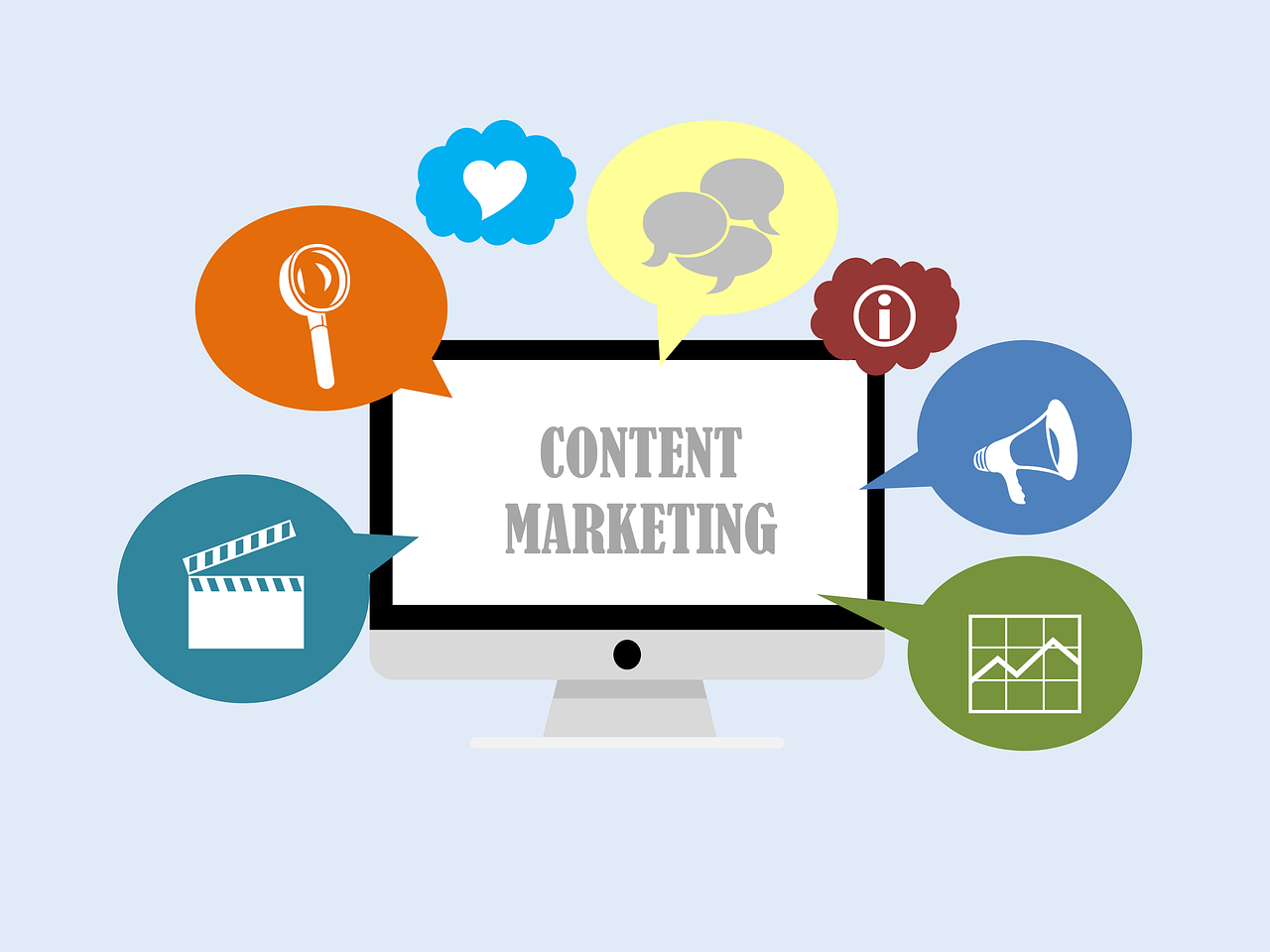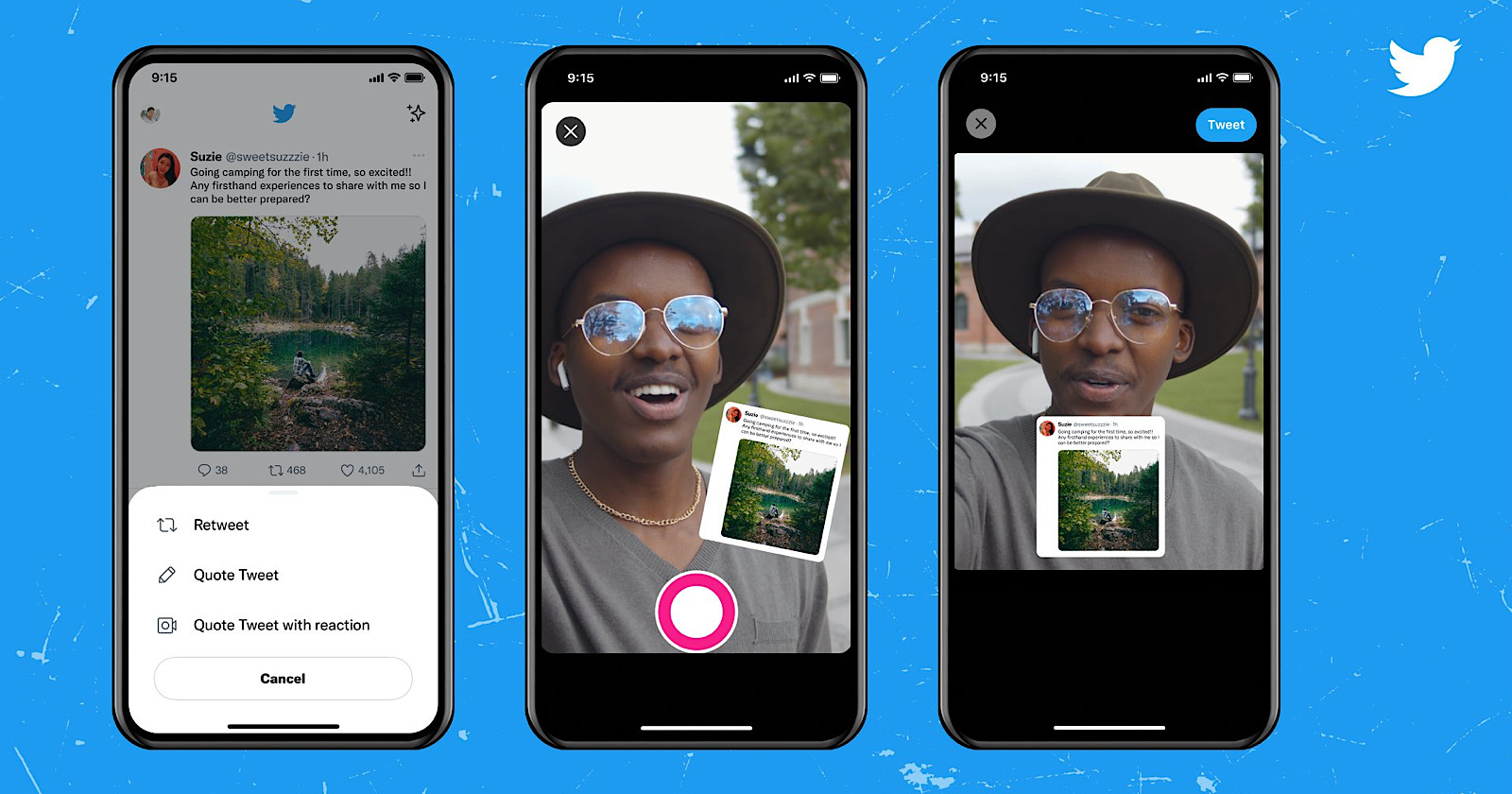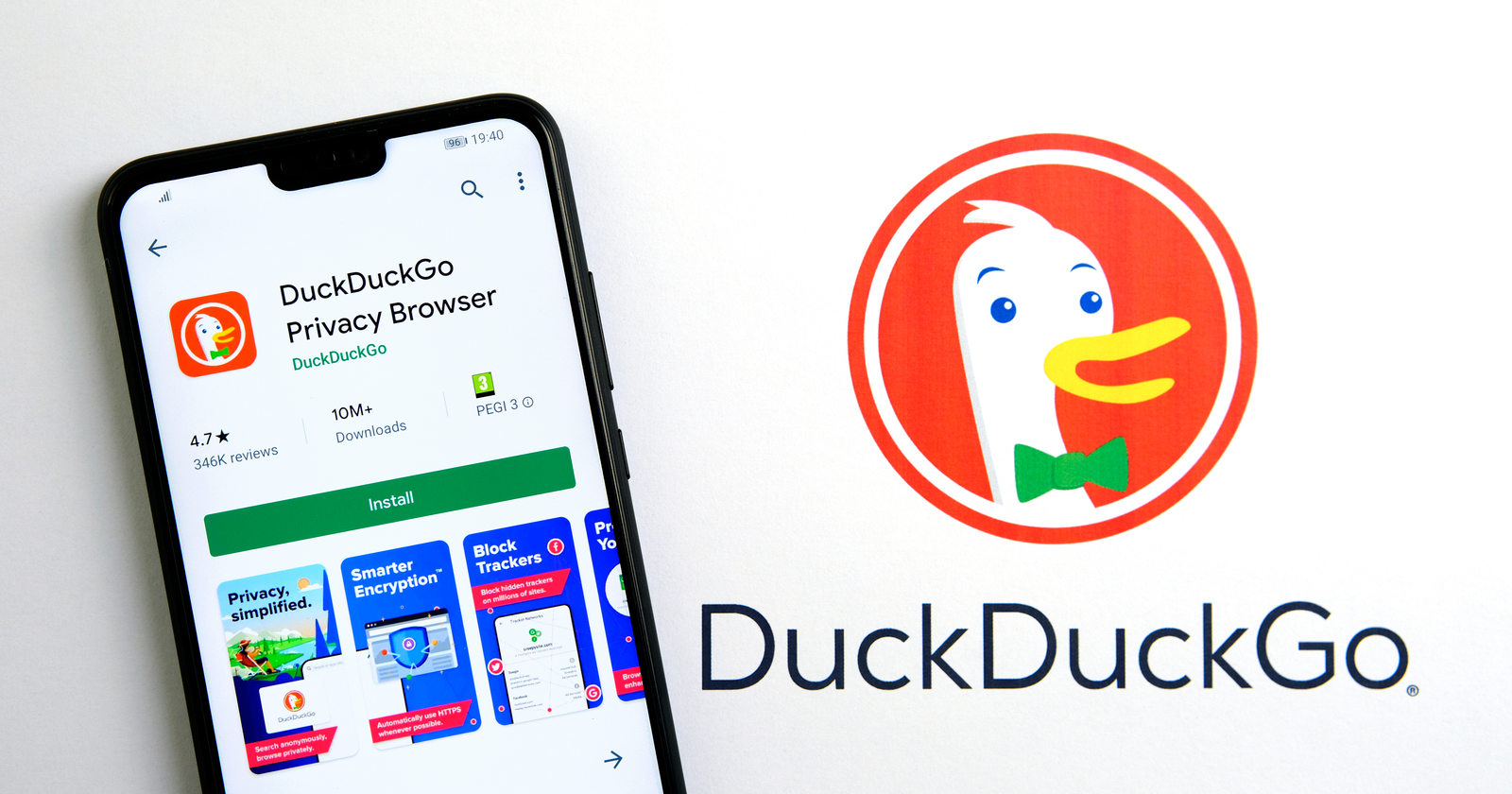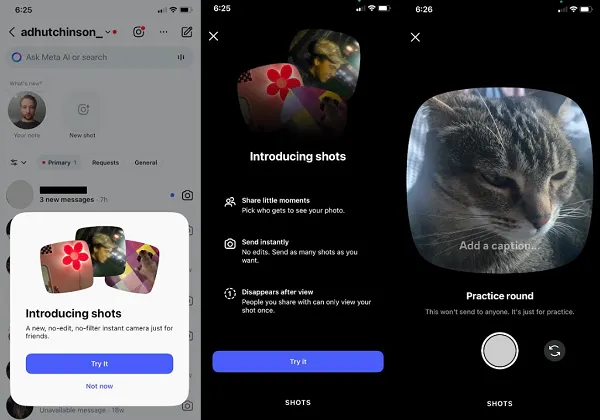Why Content Is the Fuel for Your Digital Marketing Engine
Content is not a separate strategy from digital marketing; it is the fuel for successful digital marketing. There is not a single digital marketing tactic that doesn’t require some sort of content to work well. The best digital marketing...

Content is not a separate strategy from digital marketing; it is the fuel for successful digital marketing. There is not a single digital marketing tactic that doesn’t require some sort of content to work well.
The best digital marketing campaigns are fueled by specialized, high-quality content. After all, you have to share information with your audience in order to nurture them, educate them, and convince them to buy from you.
And you’ll need more content than you might think. Digital marketing campaigns require constant testing and iterating so you can see what will produce the best results. There are only so many things you can change about the tactics you’re using, so most of the time, what you’re testing and tweaking are messaging, different versions of content, and different formats of content. So to do all that testing and really execute on a long-term strategic digital marketing campaign, you’re going to need a lot of content.
Not sure where to start? Let’s dive into the subsections of a digital marketing strategy and how you can use content to fuel them.
What Subsections Should Your Digital Marketing Strategy Include?
Before you can add content to your digital marketing mix in a strategic way, you need to understand how content can be used in tandem with the different segments of your marketing machine.
Your digital marketing strategy is made up of many (if not all) of these pieces:
• Video marketing: This strategy employs written content in the form of scripts, as well as copy that’s used to introduce videos, share them across social and in emails, and more.
• Paid marketing: Not only do your paid promotions contain copy, but you’ll also need high-quality on-site content to direct people to from your paid ads.
• SEO: On-site written content, guest-contributed content that includes banklinks, and PR content can rank for keywords in search results so people are more likely to find and trust your brand.
• Amazon marketing: This tactic involves a collection of product descriptions and written product reviews that help convince people to buy from you.
• Social media: Your social channels require a regularly updated feed full of unique posts, image captions, and links to more in-depth on-site content.
• Web design and development: Your website is home to many kinds of content, from gated whitepapers to blog posts to evergreen pieces to the content that helps visitors navigate around the site.
• Email marketing: Emails include copy, and they offer you the opportunity to compile other pieces of content that can be shared directly with your audience so they can take action in their own time and be nurtured closer to becoming a customer.
• Conversion rate optimization: You can host different offer options on your landing pages to see what pieces of content are most valuable to visitors and have the best conversion rates.
• Influencer marketing: Unique pieces of your content on your site can be shared by trusted voices in your marketplace. You might also need to create educational resources to help influencers understand your brand.
As you can see, all subsections require content and use it in different ways to connect your audience members with your brand. Touch on most of these subsections with your content strategy and you’ll have an operational digital marketing ecosystem. But what about when you want to go further? How can you inject more content into your strategy to boost your overall performance?
Sample Strategy: How You Can Use Content to Fuel Your Digital Marketing
Let’s say your company is a B2B software-as-a-service startup. You have an operational digital marketing strategy, but your next goal is to generate more marketing-qualified leads.
To achieve this goal, your team is already trying a few things. You’re running Facebook ads that direct people to your homepage. You’re working with an SEO firm to fix some technical issues on your site and improve search rankings. You also have a 2,000-strong email list at the ready, but you’re not sure how to make the best use of it.
So where can you add content to your marketing strategy to augment what you already have and expedite your results?
Here’s a recipe for success:
• 4 landing pages: Create a selection of landing pages that you can use to test different offers and word choices. With four possible landing pages, you can direct your Facebook ads four different ways, experimenting with which kinds of messaging will lead to the best conversion rates.
• 4 monthly blog posts: You can boost your content strategy by establishing a regular cadence of publishing blog posts. Create four blog posts per month that are optimized for the keywords you want to rank for.
• 1 monthly guest-contributed article: Guest posts can distribute your content to new audiences and bring more qualified traffic back to your site. Creating one guest post per month can earn you valuable backlinks to boost SEO and potentially drive more traffic to those blog posts and landing pages you created.
• 1 quarterly press campaign: A press campaign brings multiple messages together in a coherent story and earns press mentions that hopefully include backlinks to aid SEO.
• 1 monthly email newsletter: Start using that email list for what it’s worth. Send out a monthly “hello” that incorporates other relevant pieces of your content, such as links to some of those blog posts or a snippet of your most recent guest-contributed article.
• 1 quarterly piece of gated content: Gated content is high-value and offers leads the chance to learn a lot in exchange for their email address. These pieces of content — such as infographics or whitepapers — can also be tested to see what information is most compelling for your audience.
Is content writing part of digital marketing? Absolutely; you can’t do one without the other. Any talk of content strategy vs. digital strategy in your office will be misleading and is likely to shortchange both strategies in the long run. Your digital marketing strategy can be fueled and fed by content; you just need to understand how the subsections of your digital strategy work together.

 MikeTyes
MikeTyes 































